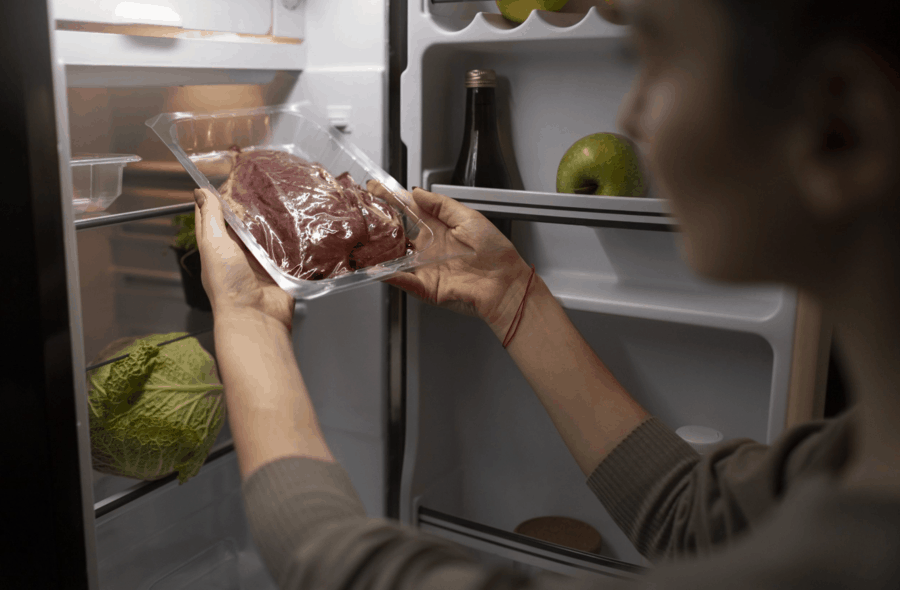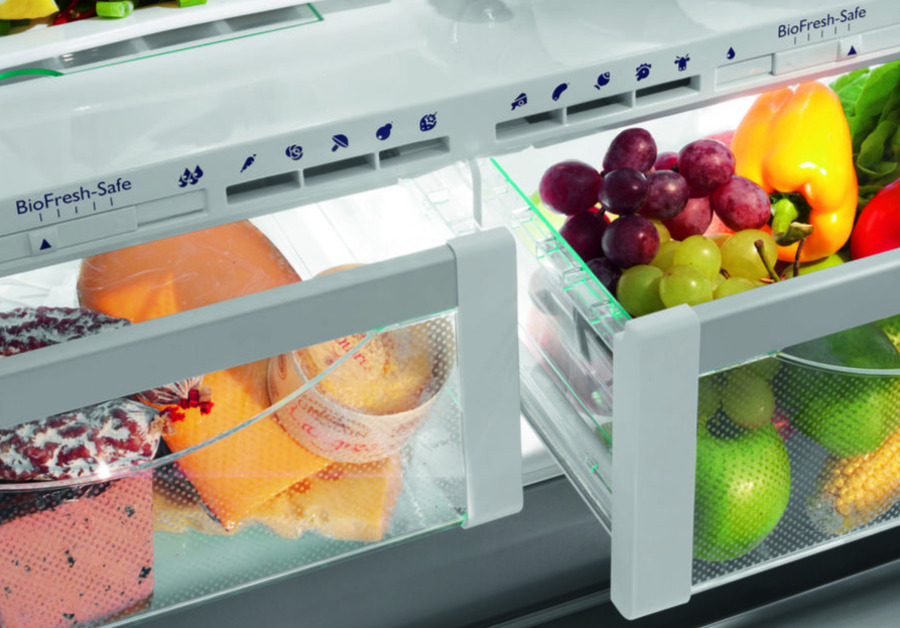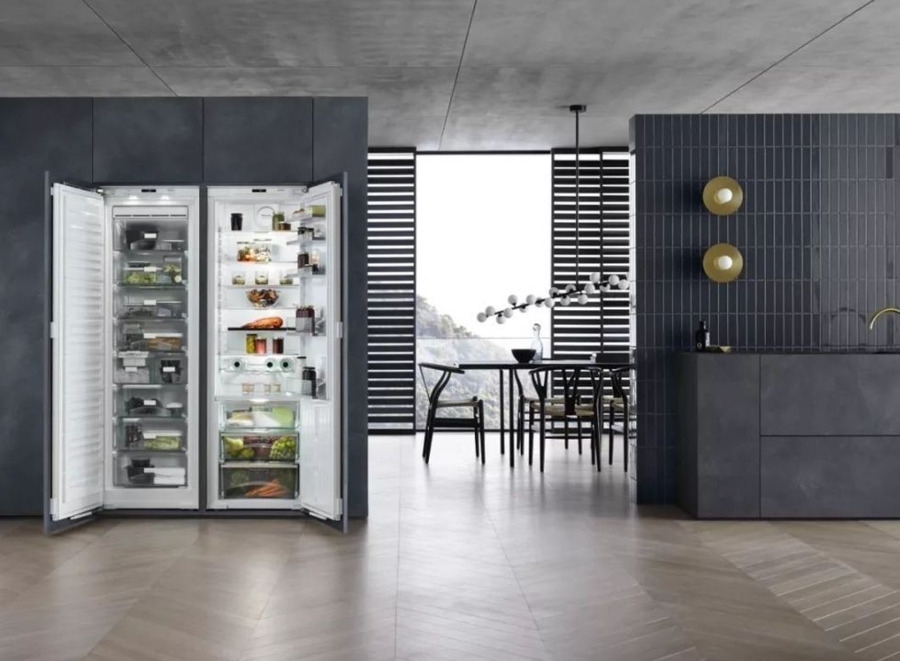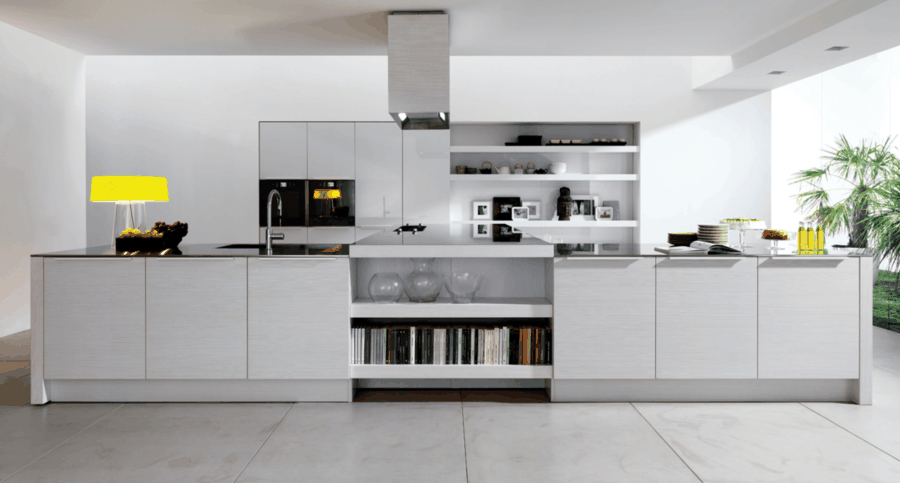The modern kitchen equipment in UAE landscape is a testament to innovation and style, with cold storage solutions leading the charge in this transformation. In a region where preserving the freshness of ingredients is paramount due to the climate, today’s refrigeration technology is a blend of functionality and elegance. These advanced cooling systems are designed to meet the energy efficiency demands of the environmentally-conscious UAE market while complementing the luxurious aesthetics of modern Emirati homes. They offer features that cater not only to the preservation needs but also to the lifestyle and convenience of users. In the UAE, where hospitality and gastronomy play a significant role in the culture, having a kitchen equipped with the latest cold storage technology is a statement of sophistication and readiness to entertain. Let’s delve deeper into the innovative trends and technologies shaping the future of cold storage in the UAE’s modern kitchens, exploring how they align with the region’s unique needs and preferences.
Smart Refrigeration Technology
Smart refrigeration technology in the UAE redefines the culinary landscape, offering an innovative and connected kitchen experience. With the nation’s rapid technological advancement and high living standards, the demand for smart refrigerators has surged, and they are becoming a staple in modern Emirati households.
Advanced Features of Smart Refrigerators in the UAE
- Remote Monitoring and Control: In the UAE, where both members of many households often work, the convenience of managing refrigeration remotely is invaluable. Users can adjust temperature settings, activate rapid cooling functions, and receive real-time alerts from anywhere for issues such as open doors or necessary maintenance via smartphones. This ensures the optimal operation of the appliance and maintains food safety, which is crucial in the UAE’s hot climate.
- Energy Consumption Tracking: Energy efficiency is a growing concern in the UAE, and smart refrigerators offer an advantage by tracking and analyzing energy usage. This feature is particularly relevant in the UAE, where electricity consumption per capita is among the highest globally. Homeowners can identify peak consumption times and adapt usage to manage costs more effectively, aligning with the UAE’s vision for sustainable energy use.
- Integration with Smart Kitchens: The UAE’s luxury real estate market often features homes with integrated smart kitchen technologies. Smart refrigerators fit seamlessly into this ecosystem, communicating with other devices to automate tasks. For example, they can adjust cooling based on the weather or plan meals based on stored items’ expiry dates, thus streamlining kitchen operations and reducing food waste.
- Inventory Management: With features like internal cameras and inventory tracking, smart refrigerators in the UAE can monitor food stock, suggest recipes based on what’s available, and alert users to low or expiring items. This is particularly useful in the UAE, where food waste is a concern; the country aims to halve its food waste by 2030.
- Health and Diet Management: Catering to the health-conscious trends in the UAE, some smart refrigerators assist with meal planning and dietary management, suggesting recipes that align with the user’s nutritional needs and preferences. This feature supports the UAE’s public health goals by promoting healthier eating habits.
In summary, smart refrigeration technology in the UAE is not just a luxury but a practical tool that enhances the efficiency and functionality of modern kitchens, supports sustainable living, and aligns with the country’s vision for a smarter, healthier future.

Different Types of Products for Cold Storage Solutions for Modern Kitchens
A diverse range of cold storage solutions is essential for modern kitchens, particularly in commercial settings. Kitchen Warehouse could offer a comprehensive product line to meet various needs and specifications. Here’s a generalized overview of what such a product line could include, along with the types of requirements and considerations that might be involved, without specific prices due to the variability based on brand, capacity, and features:
Single/Double Door Chiller Freezers: Single-door chillers and freezers are ideal for compact spaces. Double-door models provide the extra space needed for busier environments like large restaurants. Specifications to consider include size, temperature range, and energy efficiency.
Countertop/Under-Counter Chillers: Countertop models offer convenience and easy access, perfect for quick service areas. Under-counter chillers are designed for space optimization and can be seamlessly integrated into existing kitchen layouts. Key features include size dimensions, cooling speed, and building material.
Blast Chillers/Shock Freezers are crucial for quickly cooling or freezing food, preserving flavor and texture, and meeting food safety standards. Specifications often include capacity, cooling time, and specific settings for different food types.
Chest/Upright Freezers: Chest freezers are best for bulk storage, offering a large capacity, while upright freezers provide organized visibility and ease of access, which is beneficial for efficient kitchen operation. Important specifications include storage volume, footprint, and defrosting mechanisms.
Other Popular Products:
Ice Cube Makers and Ice Flake Machines: Essential for beverage service, with considerations around ice production capacity, size, and speed.
Bottle Coolers: These are used to keep beverages at the ideal serving temperature, with specifications including size, temperature control, and display options.
Cake/Ice Cream Display Freezers: Allow cafes and restaurants to showcase their offerings attractively, with considerations for size, display features, and temperature consistency.
Each product has different specifications, such as dimensions, energy efficiency ratings, temperature range, and storage capacity, making it essential to choose the right model based on the specific needs and size of the kitchen or restaurant.
Sustainability and Energy Efficiency
Sustainability and energy efficiency are key considerations in the modern appliance market, particularly for refrigerators, where significant advancements have been made to enhance their environmental friendliness and reduce energy consumption.
Eco-Friendly Refrigerants
Modern refrigerators increasingly utilize refrigerants with lower global warming potential (GWP). Traditional refrigerants, like hydrofluorocarbons (HFCs), are potent greenhouse gases that contribute significantly to global warming. In contrast, newer refrigerants such as R-600a (isobutane) and R-290 (propane) have much lower GWP values. For instance, R-600a has a GWP of less than 10, compared to the GWP of some HFCs, which can be over 1,400. By adopting these eco-friendly refrigerants, modern refrigerators contribute to reducing greenhouse gas emissions, thus aiding in the fight against climate change.

Improved Insulation
Advancements in insulation materials and technologies have allowed refrigerators to be more energy-efficient by reducing energy loss. Modern refrigerators often use vacuum insulation panels or high-performance foam insulation, which have superior insulating properties compared to older materials. This improvement helps maintain consistent temperatures within the fridge, minimizing the time and energy required to cool down after opening the door or placing new items inside. As a result, these refrigerators use less electricity, lowering the cost of operation and reducing the environmental impact.
ENERGY STAR-rated Models
Refrigerators that earn the ENERGY STAR label meet strict energy efficiency guidelines set by the U.S. Environmental Protection Agency or the European Union. These models are 20-30% more efficient than non-rated models. For example, if a standard refrigerator uses approximately 500 kWh per year, an ENERGY STAR-rated model could use 350-400 kWh annually, saving 100-150 kWh annually. A refrigerator’s typical lifespan, around 10-15 years, translates to substantial energy savings and a corresponding reduction in electricity bills.
Specialized Storage Features
Specialized storage features in modern refrigerators represent a significant advancement in food preservation technology. They target the specific needs of different types of food to extend their freshness and maintain quality. These features include humidity-controlled drawers and dedicated zones with precise temperature controls, primarily found in higher-end refrigerator models.
Humidity-Controlled Drawers
These drawers are designed to maintain optimal moisture levels, which is crucial for preserving freshness and extending the shelf life of fruits and vegetables. Different types of produce require different humidity levels; for example, leafy greens require a higher humidity to stay crisp, while fruits like apples emit ethylene gas and need a lower humidity environment to prevent premature ripening or spoilage. Humidity-controlled drawers typically feature adjustable settings, allowing you to select the appropriate level of moisture for the produce being stored. Using these drawers, consumers can significantly reduce food waste and maintain the nutritional value and taste of fruits and vegetables.

Dedicated Zones
Higher-end refrigerators often include specialized compartments or zones designed for specific types of food, such as wines, cheeses, or meats. These zones have precise temperature controls to create the ideal storage environment for these items. For example:
- Wine Storage Zones: These are set to temperatures between 45°F and 55°F (7°C to 13°C), ideal for preserving the flavor and quality of wine over time.
- Cheese and Deli Zones: These areas maintain slightly higher temperatures than the main refrigerator compartment, preventing cheeses and deli meats from drying out or losing their texture.
- Meat and Fish Zones: These compartments are often the coldest in the refrigerator, keeping temperatures just above freezing, which is optimal for storing meat and fish without freezing them, thus preserving their texture and taste.
The higher cost reflects the advanced technology and materials required to construct and maintain these precise environments within the appliance. While the initial investment is significant, these specialized features can lead to long-term savings by reducing food waste and preserving the quality and nutritional value of stored items, making them a valuable addition for those who prioritize food preservation and quality in their culinary experiences.
Innovations in Cooling Technology
Innovations in cooling technology have significantly enhanced the performance and efficiency of modern refrigeration systems, offering improved food preservation and energy savings. Two notable advancements are vacuum insulation panels and rapid cooling features.
Vacuum Insulation Panels (VIPs)
Vacuum Insulation Panels represent a breakthrough in refrigeration insulation technology. These panels contain a core material encased in a gas-tight envelope, from which the air has been evacuated to create a vacuum. The absence of air (a good thermal conductor) reduces heat transfer through conduction and convection, making VIPs extremely efficient insulators. As a result, they provide superior insulation compared to traditional foam insulation but in a much thinner profile.
This slimness allows for more internal storage space within the refrigerator without increasing its external dimensions. For consumers, this means they can store more items while enjoying lower energy consumption, as the fridge doesn’t have to work as hard to maintain its internal temperature. This technology is particularly beneficial in compact urban homes where space is at a premium and energy efficiency is valued.
Rapid Cooling Features
This feature is particularly useful after grocery shopping or restocking when a large quantity of room-temperature or warm items is introduced into the refrigerator, which can temporarily raise the internal temperature.
With rapid cooling, the refrigerator can swiftly reduce the temperature, ensuring the newly added food items are quickly brought to the optimal preservation temperature. This rapid reduction in temperature is crucial for maintaining the freshness and nutritional quality of perishable items like produce, dairy, and meats, reducing the risk of spoilage and bacterial growth.
Rapid cooling features can often be activated with a button or through a smart refrigerator’s app interface, providing the user convenience and peace of mind by ensuring their groceries are preserved in the best possible condition.

Future Trends and Predictions
Smart refrigerators suggest recipes based on contents and expiration dates for inventory management and spoilage prevention. Urbanization and climate change push for more efficient, space-saving, and environmentally friendly refrigeration solutions.
Real-world applications highlight the impact of innovative cold storage solutions. For example, a high-end restaurant utilizing a state-of-the-art refrigeration system reported a 20% reduction in energy costs and a significant improvement in ingredient preservation, enhancing the quality of their dishes and reducing waste.
In conclusion, modern cold storage solutions in kitchens are becoming increasingly sophisticated, seamlessly blending with the design and functionality of contemporary living spaces. Focusing on energy efficiency, user-friendly features, and aesthetic integration, these innovative refrigeration technologies set new standards in the culinary world, offering enhanced experiences for chefs and homeowners alike.
Hockey fan, nature enthusiast, hiphop head, Eames fan and HTML5 Guru. Doing at the junction of aesthetics and programing to create great work for living breathing human beings. I work with Fortune 500 companies and startups.
